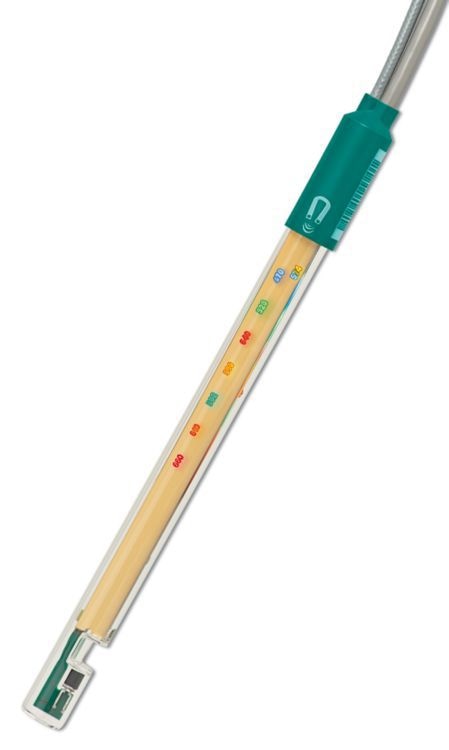ASTM has published method D8192 describing the determination of water hardness by automatic photometric titration in domestic and industrial water samples.
The new standard method uses a photometric sensor to detect the titration endpoint with superior reliability. Along with a digital titrator, this provides for always accurate and reproducible results, even in colored sample matrices. A free Metrohm white paper describes the new method and its application to determine water hardness.

Image Credit: Metrohm
Calcium and magnesium ions are the main contributors to water hardness. Their concentration can be determined by manual titration, as described in many national and international standards. However, the exact determination of the titration endpoint can be a challenge, especially in the case of colored sample matrices. As color perception may vary slightly from user to user, accuracy and reproducibility of results may suffer, even more so when high numbers of samples are analyzed by different users, e.g., due to shift work.
ASTM method D8192 describes the automatic determination of the calcium and magnesium content using a photometric sensor. In combination with a digital titrator, optical sensors such as the Metrohm Optrode register the color change of the titrant automatically safeguarding accurate and reproducible results even for colored samples.
Advantages of the new standard method are:
- Robust: Reliable endpoint detection even in colored samples for always accurate and reproducible results
- Maintenance-free: simple rinsing of the sensor prior to the measurement is sufficient
- Efficient: The Optrode sensor can be used with automated systems for high-throughput analysis
- Sensitive: With the Optrode, detection limits from 2 to 5 mg/L CaCO3 are feasible to easily comply with the requirements of ASTM D8192.